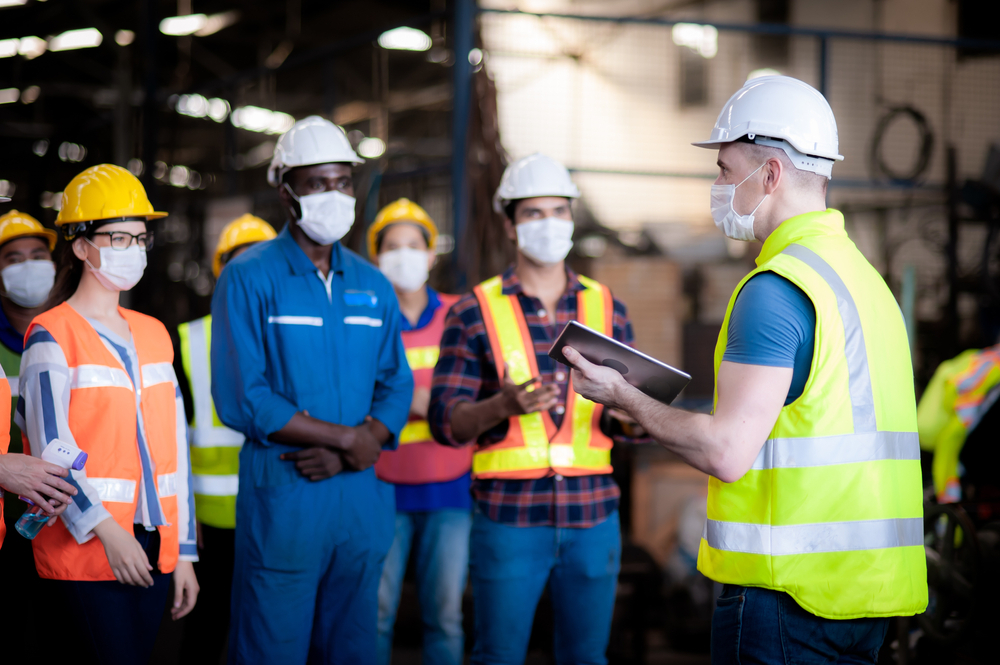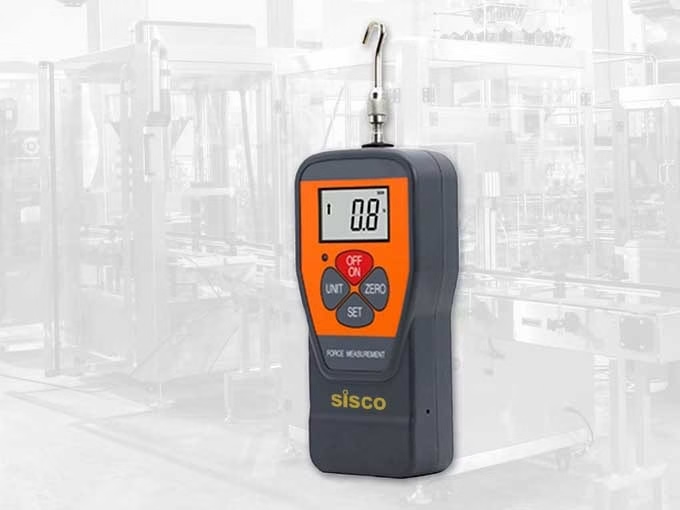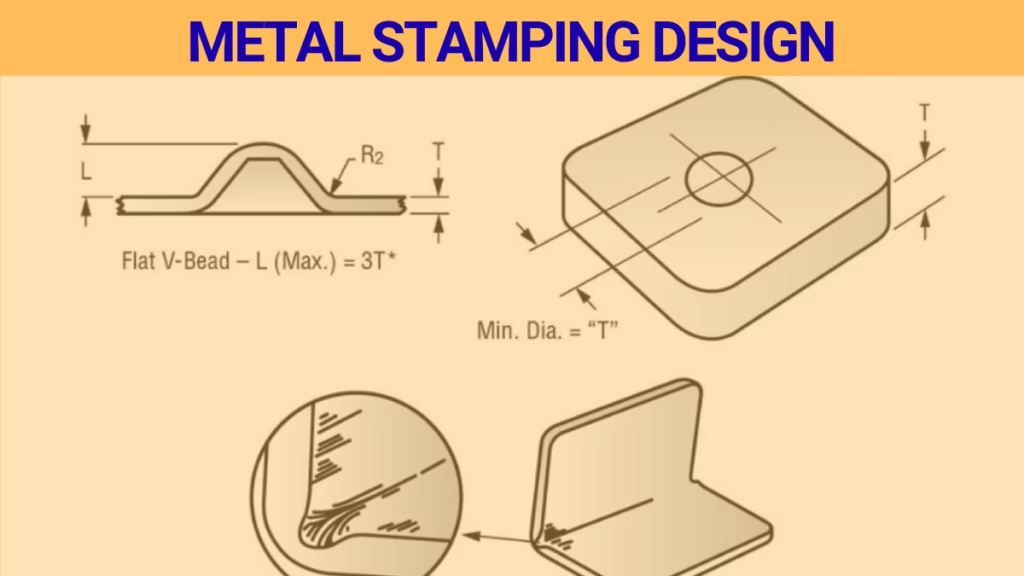Construction is a tough business. It builds homes, offices, and infrastructure that everyone relies on. But it is also one of the most dangerous industries to work in.
Every year, workers are injured or worse because of preventable accidents. Falls from height, vehicle collisions, manual handling injuries — the risks are real, and they are everywhere.
For construction site owners, understanding these risks is not just good practice. It is a legal duty under laws like the Health and Safety at Work etc. Act 1974 and the Construction (Design and Management) Regulations 2015.
This article looks at the ten most common health and safety risks in construction — and how site owners can deal with them properly.
Working at Height
Falls from height are the biggest killer in construction.
Roof work, scaffolding and ladders all present major risks. It only takes a small mistake for someone to fall and suffer serious injury.
Unprotected edges, poorly secured scaffolds, bad ladder use and simple rushing cause most of the problems.
Control measures are simple but vital. Proper planning, guard rails, toe boards and safe ladder setups are essential. Full harness systems should be used where needed.
Working at height should never be left to chance. Every task must have a plan that makes safety the first priority.
Slips, Trips and Falls on the Same Level
Not every fall is from a great height. Slips and trips on the ground cause broken bones, head injuries, and long periods off work.
Loose cables, uneven ground, rubbish left lying around and wet surfaces are some of the biggest culprits.
Good housekeeping makes a huge difference. Keeping walkways clear, dealing with spills quickly and using simple signs to warn about hazards all help.
Site layouts should be reviewed regularly. Access routes must stay clean and stable throughout the project.
Preventing slips and trips is one of the easiest ways to cut injuries fast.
Moving Vehicles and Machinery
Construction sites are busy places. Lorries, diggers, forklifts and dumpers are constantly moving around in tight spaces.
Without proper traffic management, accidents are almost guaranteed.
Clear one-way systems, marked pedestrian zones and trained banksmen are key controls. Reversing alarms and high-visibility clothing are essential too.
Regular briefings keep everyone alert to moving vehicle risks. Drivers and site workers both need constant reminders.
A small mistake with heavy machinery rarely ends with a small injury. It is a high-risk area that needs daily attention.
Why Proper Training Matters for Reducing Risk
Knowing what to do is half the battle.
Without the right health and safety training, workers can miss hazards, use equipment wrongly or ignore basic controls. Even the best equipment and site rules mean little if people do not understand why they are needed.
Training is not just for new starters. Experienced workers need refreshers too, especially as site phases change.
Offering online health and safety courses makes it easier to keep everyone up to date without disrupting site schedules. It gives workers flexible access to key lessons about spotting dangers, managing risks and working safely every day.
Training turns knowledge into habits. And good habits save lives.
Electrical Safety Failures
Electricity is a hidden danger on most sites. Temporary wiring, damaged equipment and unsafe work practices cause shocks, burns and even fires.
Lockout systems, safe isolation, regular equipment checks and the use of qualified electricians are basic controls that save lives. Every worker must know how to spot electrical hazards and when to stop and ask for help. Simple mistakes around electricity rarely end well.
In construction, where work environments change daily and temporary electrics are common. Electrical safety should be a key part of health and safety for construction planning from the very start. Building it into construction site management from the start reduces risks before work even begins.
Fire Risks
Construction sites often have a lot of flammable material around. Timber, solvents, fuels and waste can all catch fire easily.
Hot works like welding or cutting add extra risk.
Site owners must carry out thorough fire risk assessments. Fire extinguishers must be available, checked regularly and easy to find.
Emergency routes must stay clear and workers must know evacuation procedures well. Good daily practice around storage, housekeeping and supervision makes a real difference.
Ignoring fire safety because “it will only be a short job” is a recipe for disaster.
Noise and Vibration
Construction is noisy by nature. Drilling, cutting and breaking create constant exposure to harmful noise levels.
Long-term exposure causes permanent hearing loss. Hand tools and vibrating equipment can cause conditions like hand-arm vibration syndrome (HAVS).
Control measures must include using quieter equipment where possible, limiting exposure time and supplying proper hearing protection.
Vibration risks must be assessed carefully. Workers need to know how to spot early warning signs and report them.
Managing noise and vibration protects long-term health and keeps skilled workers on site for longer.
Mental Health Risks
Physical risks are not the only risks on site.
Long hours, tight deadlines, physical strain and isolation all affect workers’ mental health.
Fatigue, stress and low morale increase accident risks and damage long-term wellbeing.
Site owners must recognise that health and safety for construction includes mental health too. Providing access to support, encouraging open conversations and training supervisors to spot early signs are all essential steps.
Strong mental health support makes sites safer, teams stronger and businesses more resilient.
Conclusion
Construction sites are busy, dangerous places. But most of the biggest risks are preventable.
Falls, vehicle accidents, electrical incidents and mental health problems can all be managed with good planning, strong leadership and the right habits.
Construction site owners are not just responsible for building projects. They are responsible for building safe environments where workers can thrive.
By focusing on real risks and dealing with them properly, owners protect workers, businesses and reputations. Because in construction, safety is not a side issue — it is the foundation that holds everything else up.





